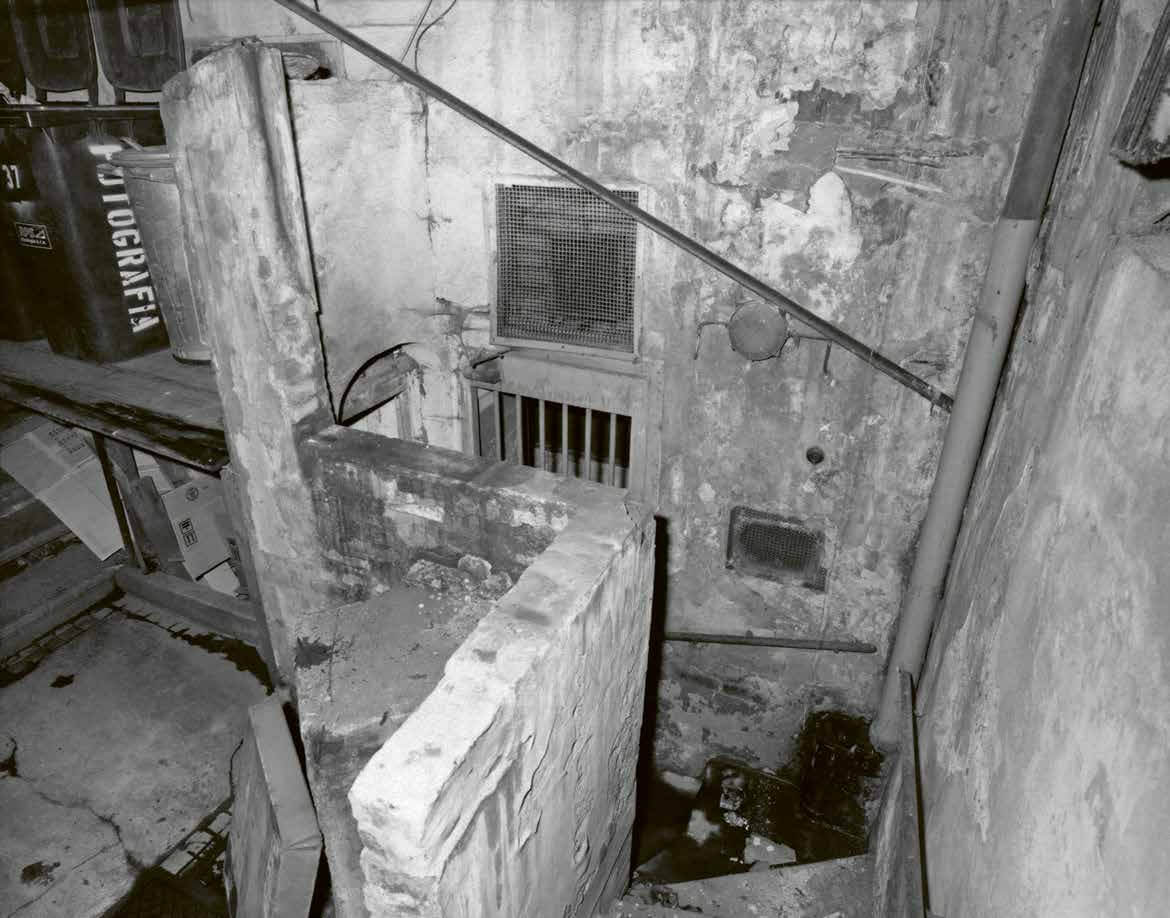Restitution, reconstruction and discovery
After 1989, the Langhans House was returned to the descendants of its founder and underwent a sensitive reconstruction, restoring its historic glory. During the renovations, thousands of glass negatives featuring portraits of eminent figures were discovered, breathing new life into the legacy of this photographic institution.
Restitution and Reconstruction
After World War II and the communist coup in 1948, the Langhans Atelier was nationalized. The majority of its negatives were destroyed, and the atelier ceased to operate. This marked the beginning of a long period of decline, during which the building was used for various purposes, and its illustrious past was almost forgotten.

Following the Velvet Revolution in 1989, the Langhans House was returned to the descendants of Jan Langhans. Between 2001 and 2002, the building underwent extensive reconstruction under the guidance of architect Ladislav Lábus. This sensitive restoration revitalized the original structure while adapting it to meet modern needs. The architecture of the house now represents a harmonious blend of historical and contemporary elements. The reconstruction received several prestigious awards, including the Grand Prix of the Society of Architects and the Building of the Year 2003 title.
As part of the reconstruction, space was created for the FotoŠkoda Centre, which now occupies the ground floor of the building. It continues Jan Langhans's legacy as a hub for both amateur and professional photographers.
Discovery of Glass Negatives
The most remarkable event during the reconstruction of the Langhans House was the discovery of a vast collection of glass negatives that had remained hidden within the building for decades. During construction work in 1998 and 2000, over nine thousand glass negatives were uncovered, capturing portraits of notable individuals from 1890 to 1947.
This discovery is considered one of the most significant cultural finds in the field of photography in the Czech Republic. The negatives, long thought lost, feature portraits of prominent figures from both Czech and international public life, including President Tomáš G. Masaryk, opera singer Ema Destinnová, and Austro-Hungarian Emperor Charles I. The rediscovery of these negatives has helped revive the celebrated history of the Langhans Atelier and became a cornerstone of the Gallery of Eminent People, which today is an integral part of the nation's cultural heritage.








